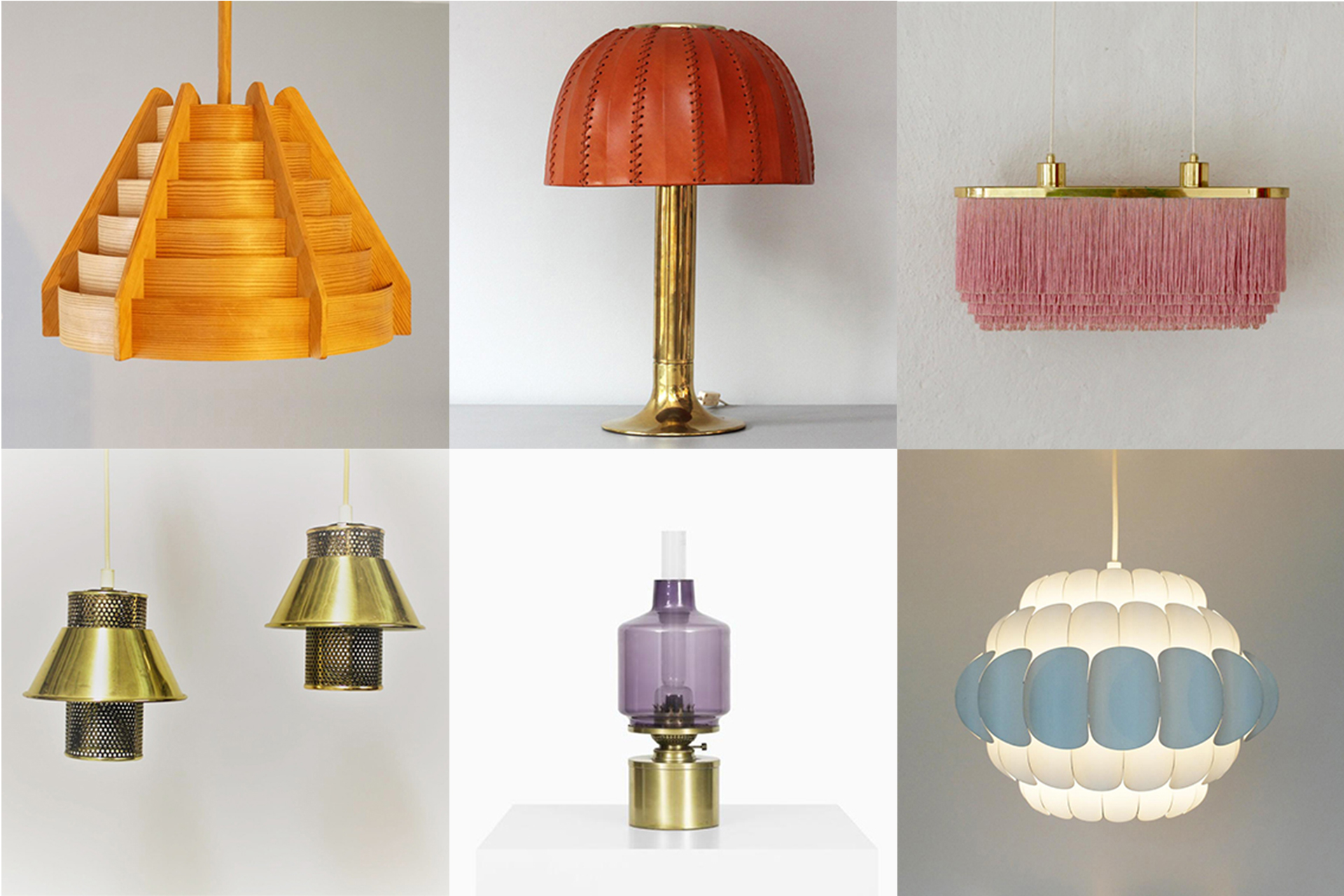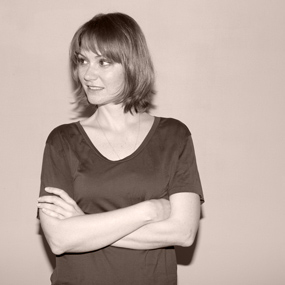Pamono editors spotlight the latest trends in vintage Swedish design
Field Notes: From Hygge to Lagom
Scandinavian design, it seems, will always hold an exalted place in the hearts of design lovers. What’s not to love about the timeless, well-made, sculptural pieces by Danish masters like Hans Wegner, Arne Jacobsen, and the like? Brewing beneath the surface, though, we’re detecting a desire for a fresh take on the classics; not a wholesale rejection of the postwar Scandinavian aesthetic, mind you, but a pining to pivot to a slightly softer, more charming sensibility. Less Don Draper; more Ingrid Bergman. As a consequence, the market for vintage Scandinavian design has been slowly but surely redirecting its focus from Denmark to Sweden.
Among the midcentury Scandinavians, Swedish designers embraced Deco-esque forms well into the postwar era, and the strict minimalism of the modernist era was mitigated by paler palettes, more curvaceous embellishments, and an unapologetic respect for craft and traditional forms. The look was simple, but not too simple. Delicate but strong. Elegant yet approachable. Smack in the middle of the continuum between architecturally confident and decoratively inviting, vintage Swedish design embodies the balanced beauty that emerges when extremes are thrown out in favor of temperance. In fact, many global trendsetters this year have proclaimed the Swedish concept of lagom—roughly translated as “just the right amount”—to be the new hygge.
Read on to discover some of our favorite recent vintage Swedish finds. And if you like what you see, click the image to learn more about each piece.
During the midcentury, one of Stockholm’s most famous department stores, Nordiska Kompaniet , produced a wide range of high-end furniture, lighting, and décor. Recently, we’ve noticed more and more ’50s and ’60s exemplars of this brand circulating in the vintage market, and we’re especially drawn to those pieces that walk the line between modernist reduction and more tradition-driven shapes and motifs. Check out the character-rich work of not-so-known designer David Rosén ; we love how it evokes images of the postwar Swedish haute bourgeoisie.
Pictured above: Lovö Chairs by Axel Einar Hjorth for Nordiska Kompaniet, 1932; Paradiset Sofa by Kerstin Hörlin-Holmquist for Nordiska Kompaniet, ca. 1956; Futura Coffee Table by David Rosén for Nordiska Kompaniet, ca. 1952; Mahogany Night Stands by David Rosén for Nordiska Kompaniet, ca. 1950s; Tile-Top Coffee Table by Stig Lindberg & David Rosén for Nordiska Kompaniet, ca. 1955; Tokyo Armchairs by Carl-Axel Acking for Nordiska Kompaniet, ca. 1960.
Bodafors , more precisely known as Svenska Möbelfabrikerna i Bodafors, is one of those 20th-century design brands for which few historical details have survived. But from the many Bodafors products found today on the vintage market, we know that the company collaborated with an array of excellent Swedish talents, including Carl-Axel Acking, Bertil Fridhagen, Axel Larsson, Carl Malmsten, and Bruno Mathsson. Like many Scandinavian producers of the era, Bodafors crafted pared down, practical seating, tables, and casegoods in fine woods, such as teak, mahogany, and oak. It’s set apart from its Danish counterparts, however, by a distinctive tendency toward lightness, delicacy, and modesty. And the prices remain more attractive than many of the Danish brands.
Pictured above: Teak Dressing Table by Sven Engström & Gunnar Myrstrand for Bodafors, 1962; Teak & Oak Cabinet by Carl-Axel Acking for Bodafors, ca. 1950s; Leather & Oak Easy Chairs by Bertil Fridhagen for Bodafors, ca. 1960; Teak Sofa & Armchairs by Folke Ohlsson for Bodafors, 1968; Oak Lounge Chairs by Folke Ohlsson for Bodafors, 1961; Mahogany Rolltop Desk, attributed to Bertil Fridhagen for Bodafors, ca. 1950s.
If we’re making comparisons between Denmark and Sweden, then it’s fair to say that Hans-Agne Jakobsson is something like the Poul Henningsen of his country, in that he focused entirely on lighting design and his work has become quite collectible on the vintage market. Unlike Henningsen, however, Jakobsson also manufactured his own designs through his eponymous company, and stylistically he was happy to try all sorts of materials and shapes over the years. The result: Jakobsson has something exciting to offer every taste, from Art Deco and Swedish Grace, to organic modernism, Space Age, and more. Right now, his brass and silk-fringed table lamps and pendants are a super hot ticket among international decorators.
Pictured above: Lamello Pendant by Hans-Agne Jakobsson, ca. 1960; Carolin Table Lamp by Hans-Agne Jakobsson, 1963; T607 Fringed Pendant by Hans Agne Jakobsson, 1963; T766 Pendant Lamps by Hans-Agne Jakobsson, ca. 1970; L47 Kerosene Table Lamp by Hans-Agne Jakobsson, ca. 1950s; Steel Pendant by Torsten Orrling for Hans-Agne Jakobsson, ca. 1970.
While we’ve been turned on by many of the more traditional-looking midcentury Swedish designs, we wouldn’t want to give the impression that Sweden lacks in purely functionalist pieces. If minimalism is the name of your décor game, then we’ve got some great Swedish companies to recommend, all of which offer pared-down perfection: for instance, the iconic, wire-framed shelves of Nisse Strinning and the lesser-known modular, steel framed shelves of Exqvisita . Or check out the early industrial-office look of Åtvidabergs , the directional, adjustable lamps of ASEA , and the layered, biomorphic pendants of Granhaga Metallindustri —so great for diffused lighting effects. And don’t forget about the biggest modernist prize from Sweden: Greta Magnusson Grossman’s beloved Gräshoppa Lamp, produced by Bergboms.
Pictured above: Trava Pendants by Carl Thore (Sigurd Lindkvist) for Granhaga Metallindustri, ca. 1960s; Model 14 Bookshelf from Exqvisita Style, ca. 1960s; Elm Wall Unit by Nils “Nisse” Strinning for String Furniture, ca. 1960s; Adjustible Table Lamps from ASEA, ca. 1950s; Swivel Chair attributed to Einar Dahl for Åtvidabergs, ca. 1930s; Gräshoppa Lamp by Greta Magnusson Grossman for Bergboms, ca. 1947.
-
Text by
-
Anna Carnick
Anna is Pamono’s Managing Editor. Her writing has appeared in several arts and culture publications, and she's edited over 20 books. Anna loves celebrating great artists, and seriously enjoys a good picnic.
-
-
Text by
-
Wava Carpenter
After studying Design History, Wava has worn many hats in support of design culture: teaching design studies, curating exhibitions, overseeing commissions, organizing talks, writing articles—all of which informs her work now as Pamono’s Editor-in-Chief.
-
More to Love
Swedish Brutalist Copper Ceiling Lamp, 1960s

Model 580 Pendants by Uno & Östen Kristiansson for Luxus, 1965, Set of 2
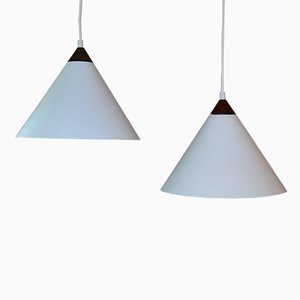
Room Divider from Fred Leyman, 1963

Small Ceramic Bowl by Gunnar Nylund for Rörstrand, 1950s
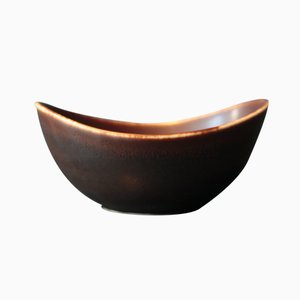
Titus Ceramic Plate by Olle Alberius for Rörstrand, 1960s
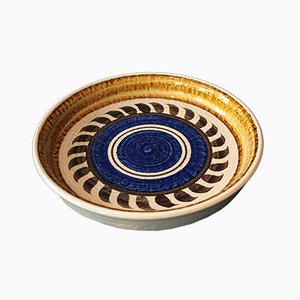
Swedish Rosewood & Oak Cabinet by Einar Hanock Johansson, 1950s
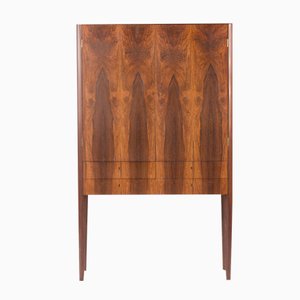
Mid-Century Swedish Stoneware Bowl by Gunnar Nylund for Rörstrand
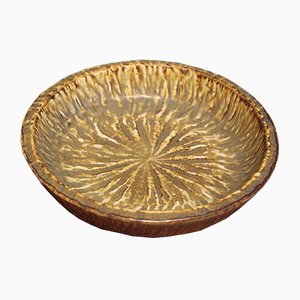
Vilbert Chair by Verner Panton for Ikea, 1990s

Vintage Armchair from Bröderna AB Johanson
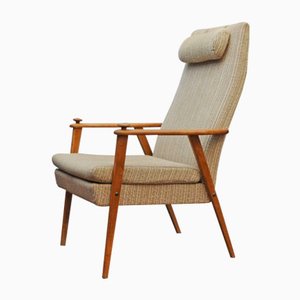
Eva Armchairs by Bruno Mathsson for Karl Mathsson, 1977, Set of 2


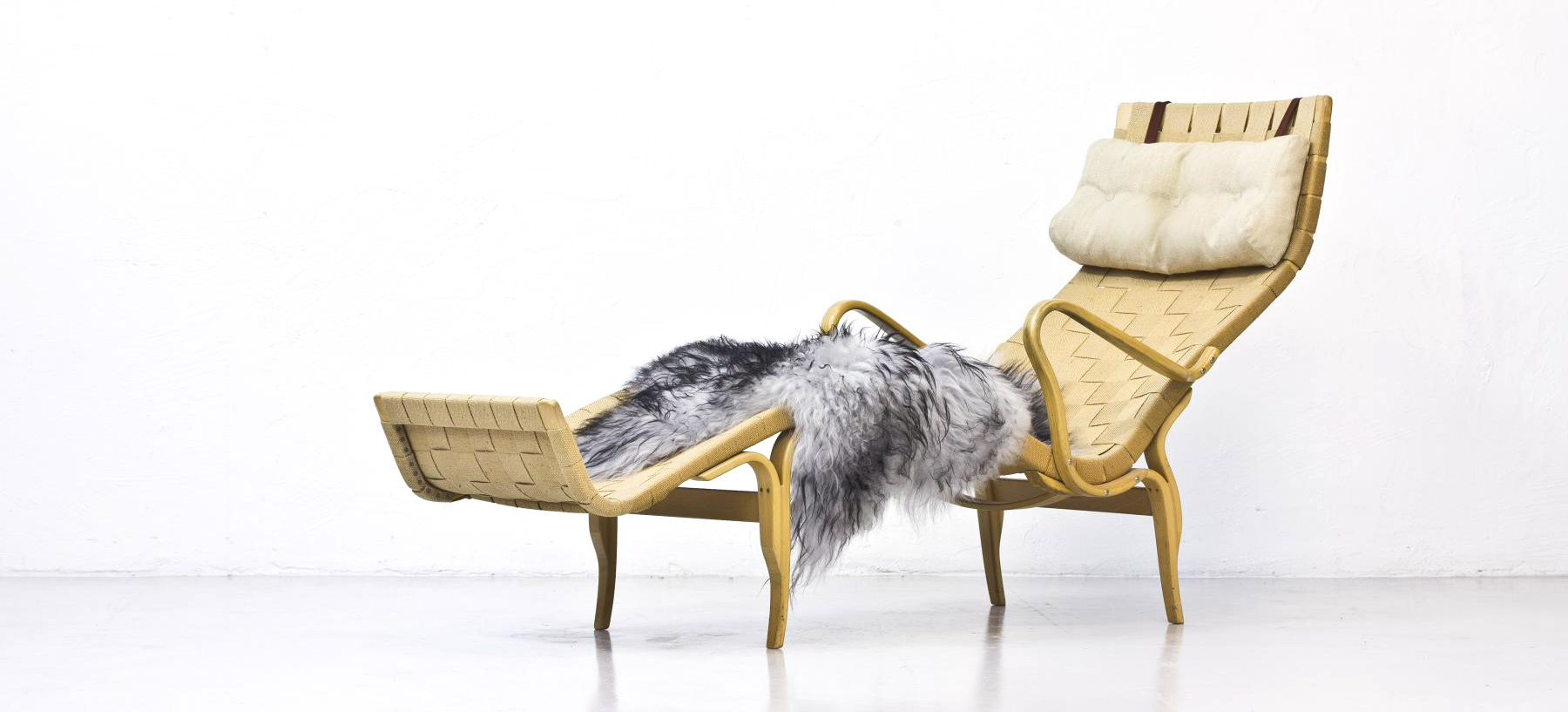 Pernilla 3 Lounge Chair by Bruno Mathsson for Karl Mathsson, 1961
Photo © Modernisten
Pernilla 3 Lounge Chair by Bruno Mathsson for Karl Mathsson, 1961
Photo © Modernisten


